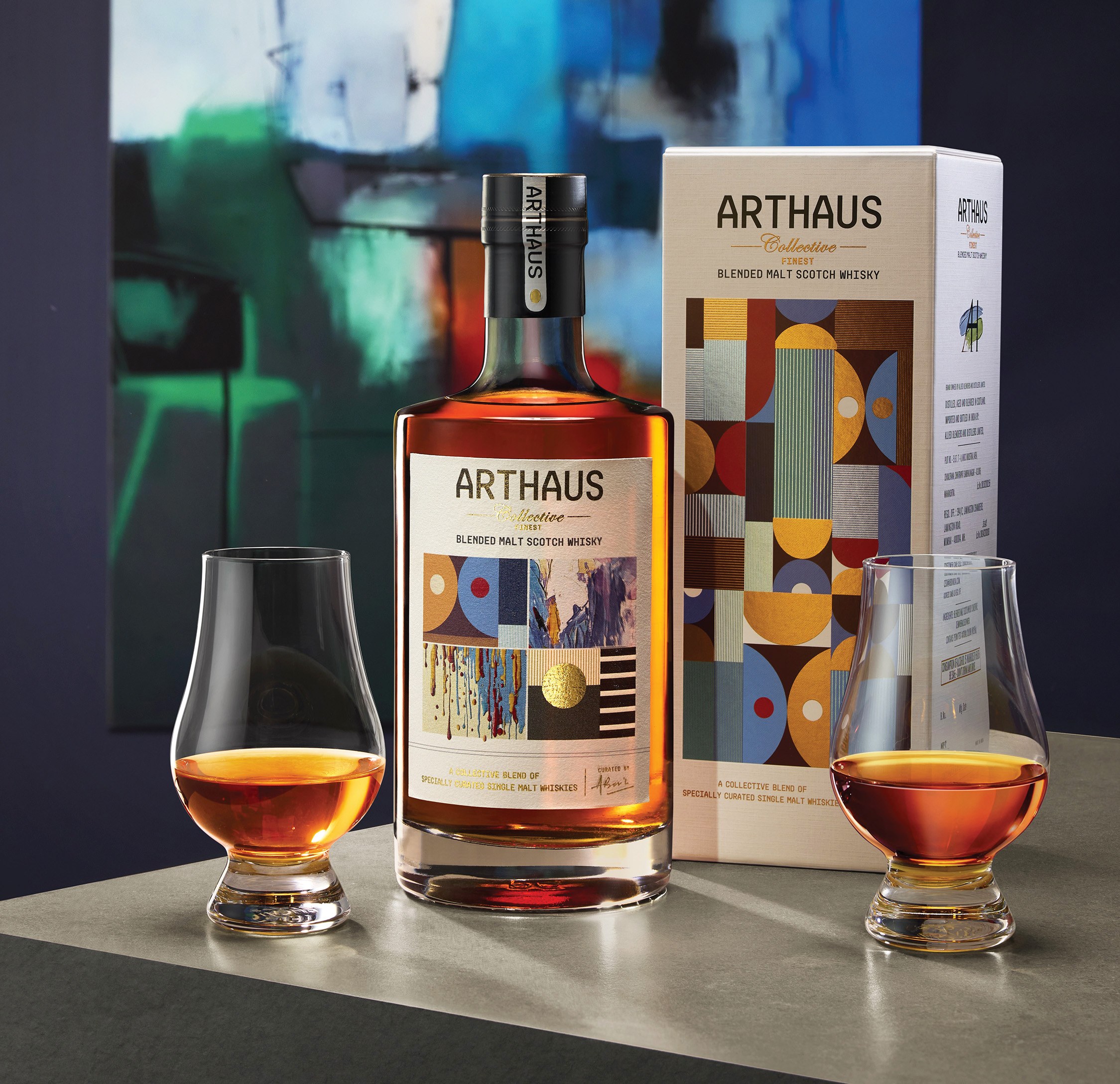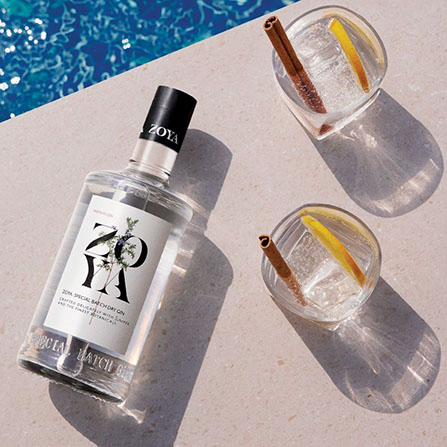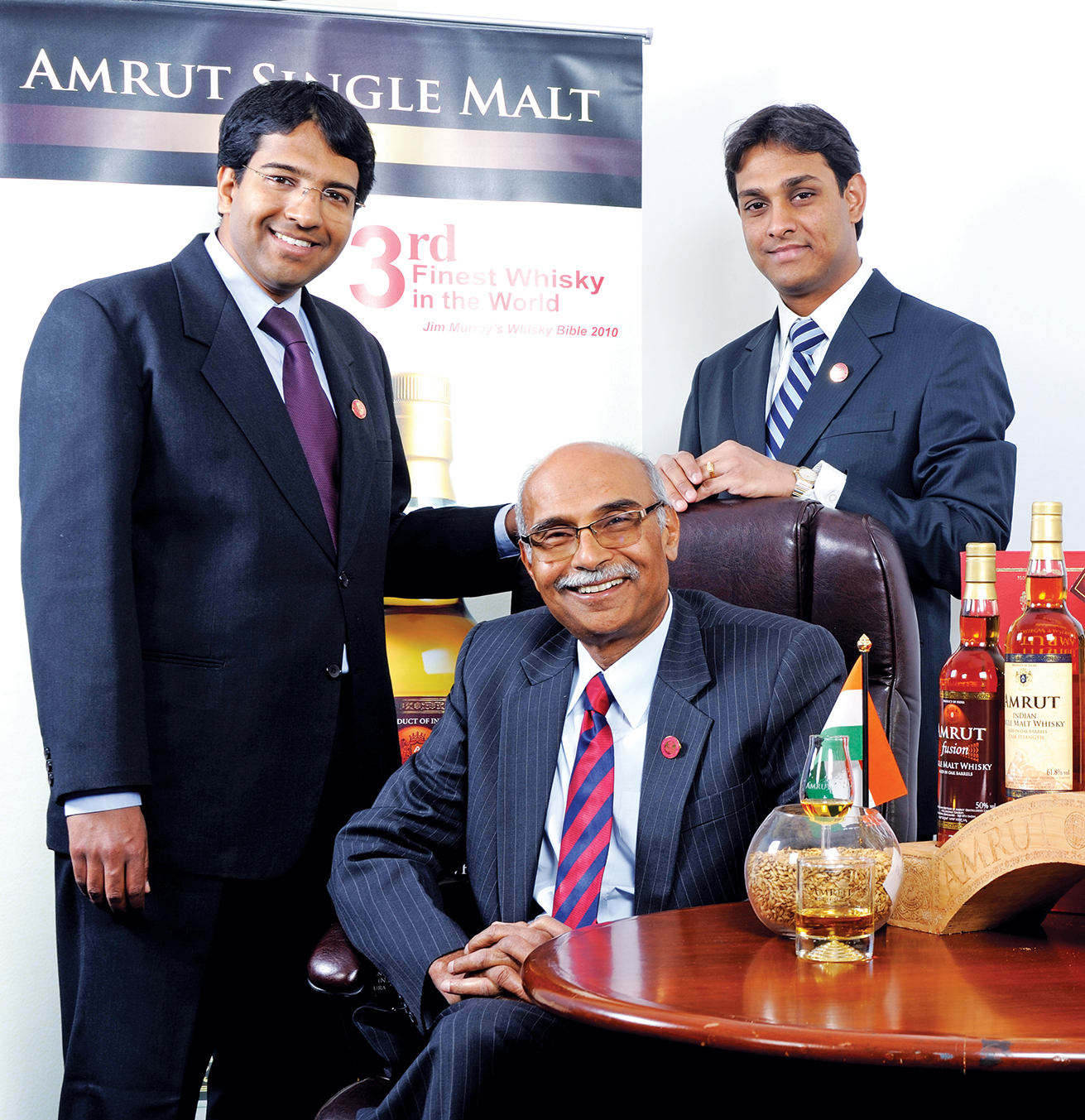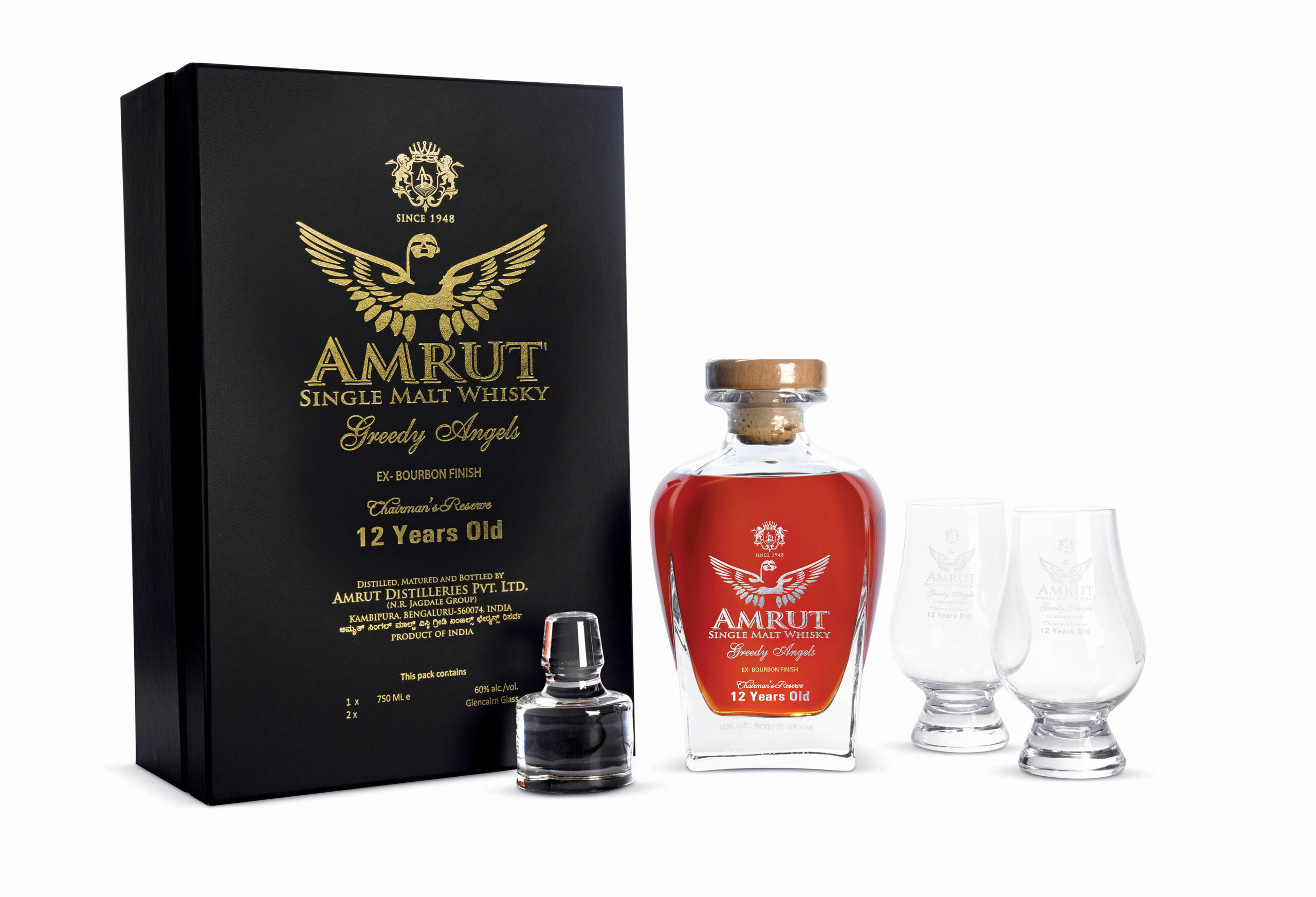With a career spanning over three decades in the industry, Bikram Basu has been in different roles with different companies. An industry veteran who is now at the helm of affairs at ABD Maestro – ABD’s new subsidiary in collaboration with Bollywood actor Ranveer Singh. Ambrosia speak to Bikram Basu about the new venture, expectations and more. Excerpts:
Congratulations on your new role for ABD Maestro. Excited?
Thank you. My association with Ambrosia and INDSPIRIT has been for a couple of decades, and you’ll have been a part of this journey.
I am looking forward to this responsibility with keen interest as I’ve always enjoyed creating new things and this role gives a canvas beyond strategy and brands. The structure of the new organisation is unique, spanning multiple opportunities. I am sure there will be a few challenges on our way, but we have a mix of experience and fresh talent to navigate and overcome them.
Everyone’s jumping on the premium bandwagon.
How big is this market?
I’d rather take the pricing scope to be Super-Premium and Luxury spirits. That is where ABD Maestro is planning to play. We have considered brands for ABD Maestro that currently have an MRP above ₹2000 per 750ML or 700ML bottle in Maharashtra, irrespective of their consumer prices in other states. We know that the pricing index or ladder is mostly similar across states.
If we consider brands above ₹2000 and make it flavour agnostic, the segment was estimated at 4.8 million cases – prior to the pandemic in FY19/20. Post the pandemic, this grew to an estimated 7.2 million cases in FY21/22. And we feel this will close at early double digit million cases in FY24/25 – with early teens percentage growth. The Super Premium and Luxury segments by volume are estimated in mid-single digit salience of the industry, but the value salience and margins are significant. These are trends on why the industry has taken a view to participate better.
From appearing in ads, celebrities are now part of companies/brands, what kind of value do they bring?
Celebrities globally are icons of positive opinion and change. They have a following, some fanatical. These people have achieved superstar status through hard work and consistent success. Brands irrespective of industry will gravitate to using celebrities to build positioning, break clutter and push forward.
Ownership with celebrities of brands or equity in organisations globally have trended for the past many years. This has come to India a decade back with celebrities having equity in start-ups and bringing their success and following to the ventures. It’s a relatively newer thing in the Indian alcohol beverage industry.
Why do you think celebs are
finding this market lucrative to invest in?
Major Indian actors may be investing in alcohol beverage brands as they see the market premiumise and early-stage participation should give the first mover advantage. They are likely to also relate to super-premium and luxury brands better than mass market brands as owners or partners, as its part of their social and consumption set.
What’s Ranveer Singh role in ABD Maestro?
Ranveer Singh is a creative and business partner, with equity in ABD Maestro. He is not a brand ambassador or a celebrity endorser. Ranveer is fully involved in the creative ideation process and gives time and thought. It’s really cool working with him as he is dynamic, hatke and full of creative ideas – and he understands business.
Which brands will come under ABD Maestro and tell us the plans for each of these brands?

The brands which will be with ABD Maestro now are Arthaus Blended Malt Scotch Whisky, Zoya Special Batch Gin, the Fullarton acquired brands of Woodburns Indian Malt Whisky, Pumori Small Batch Gin and Segredo Aldeia Café and White Rums. The BIO portfolio has Russian Standard Vodka- Platinum, Gold and Original.

Therefore, at Maestro we will have a Blended Malt Scotch and Indian Malt Whisky, a Special Batch Gin, a Craft Gin, White and Café Rum and a top end global Vodka at three different price points. Too early to call out plans for each of the brands.

So a mix of owned, licensed and distributed brands?
The brands mentioned earlier are either licensed or distributed by Maestro. The organisation will also launch its own brands which will be owned.
You have said that “Maestro will be a consumer first business”, can you substantiate?
Yes, I do strongly believe that finally it’s about the consumer who buys you, and not what you want to sell. More so in F&B, of which alcohol beverage is an increasingly important part.
Anything which we eat and drink needs an approval for a repeat purchase. When a purchase behaviour is involved, having opinions is common. When we put the consumer first, the business of brands works at every level to deliver effectively. Standing out to be the ‘first among equals’ in a strongly regulated industry with limited outlet universe takes understanding of consumers and trends more than just analytics.
Which will be the focus markets within the country and also overseas for ABD Maestro?
The licensed and owned brands will focus on top urban markets in India initially. A few from the portfolio will also go overseas.




